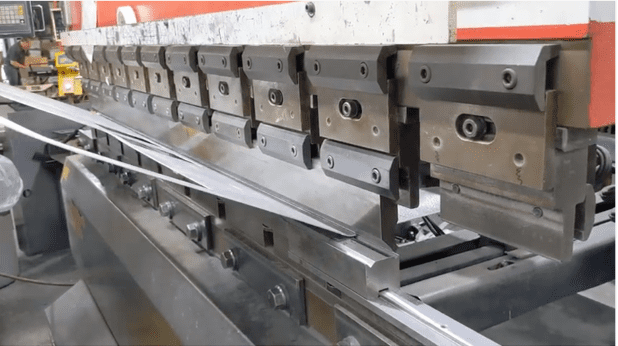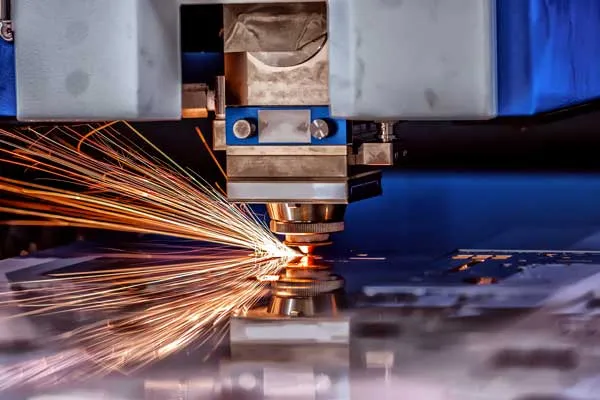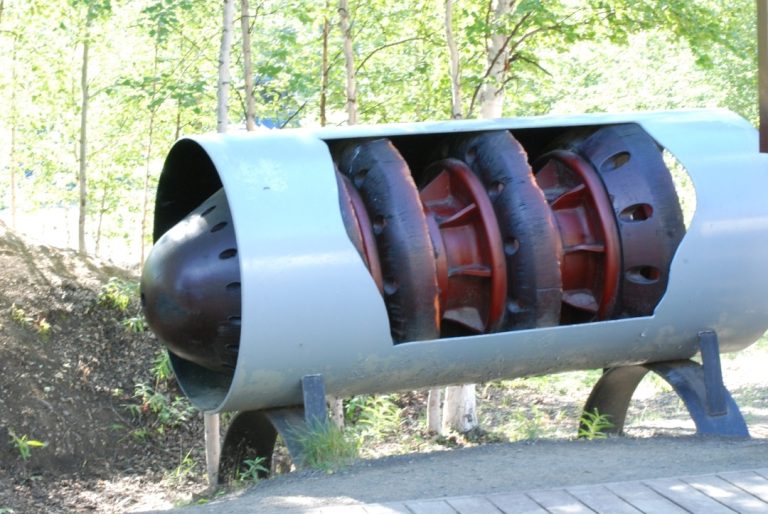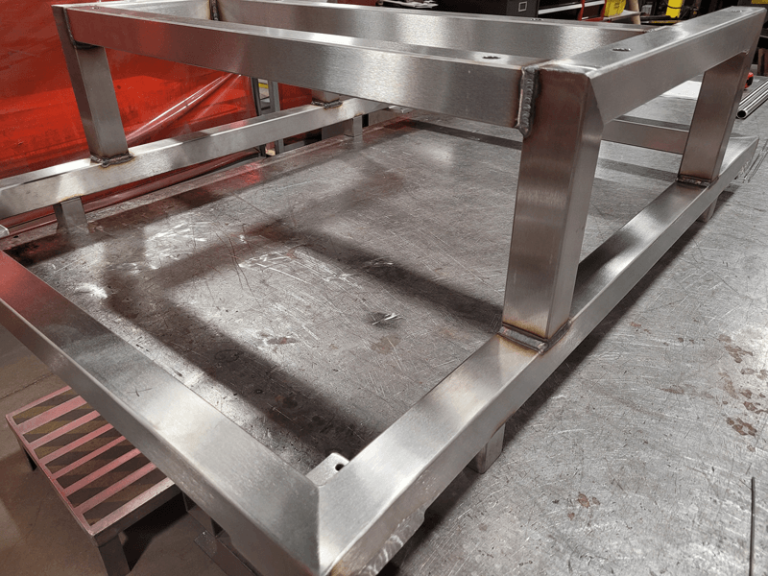Understanding Hacksaws: A Comprehensive Guide for DIY Enthusiasts and Professionals
A hacksaw is an essential tool for cutting various materials, including metal, plastic, and wood. It is widely used by both DIY enthusiasts and professionals due to its versatility and effectiveness. This article will delve into the basics of hacksaws, their types, usage tips, maintenance, and how they can be used in conjunction with other tools and materials like geotextiles in construction and landscaping projects.
What is a Hacksaw and What are Its Common Uses?
A hacksaw is a hand tool designed primarily for cutting metal but can also be used on other materials such as plastic and wood. It consists of a U-shaped frame that holds a thin, replaceable blade with fine teeth. The blade tension can be adjusted to ensure optimal cutting performance. Hacksaws are commonly used in plumbing, carpentry, metalworking, and home improvement projects for cutting pipes, rods, screws, and even thin metal sheets.
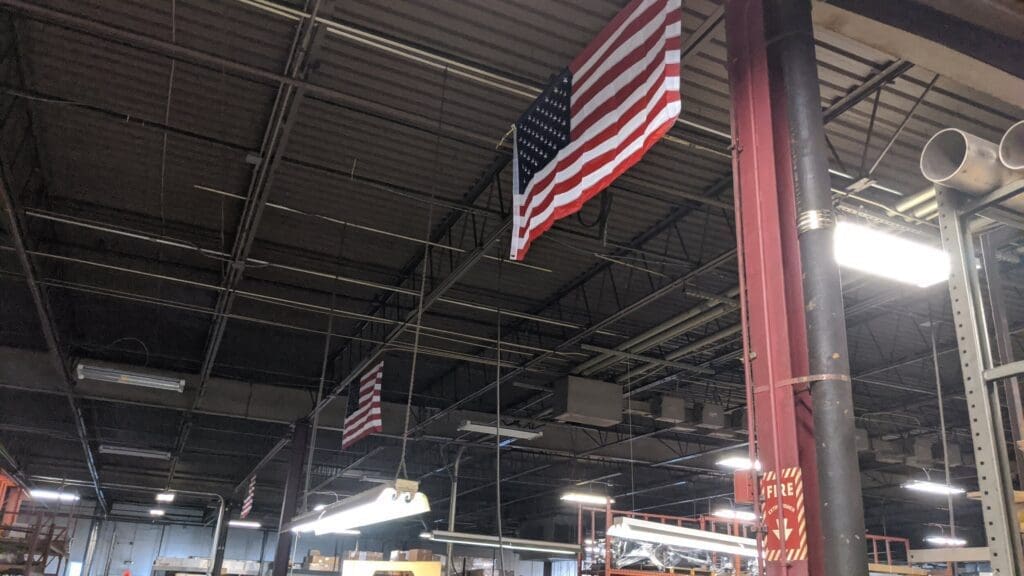
What Are the Different Types of Hacksaws Available?
Hacksaws come in various types to cater to different cutting needs:
- Standard Hacksaw: The most common type with a fixed or adjustable frame. It is suitable for general-purpose cutting tasks.
- Junior Hacksaw: A smaller version of the standard hacksaw, ideal for precision work in tight spaces or for cutting small materials.
- Powered Hacksaw: Often found in industrial settings, these are motor-driven versions that provide faster and more efficient cutting for heavy-duty tasks.
- Mini Hacksaw: A compact version designed for light-duty tasks and delicate work, offering easy maneuverability.
Choosing the right type depends on the specific requirements of the project and the material to be cut.
How to Properly Use a Hacksaw for Effective Cutting?
Using a hacksaw correctly is crucial for achieving clean and accurate cuts:
- Choose the Right Blade: Select a blade with the appropriate number of teeth per inch (TPI) for the material being cut. Finer teeth are better for cutting metal, while coarser teeth are suitable for softer materials like wood and plastic.
- Proper Grip and Stance: Hold the hacksaw with both hands, one on the handle and the other on the frame. Maintain a firm grip and a balanced stance to ensure stability while cutting.
- Smooth Cutting Motion: Apply gentle, consistent pressure while moving the hacksaw forward. The cutting action happens on the forward stroke, so avoid pressing down hard on the return stroke to prevent blade damage.
- Lubrication: Use cutting oil for metal cuts to reduce friction and extend the life of the blade.
How Does a Hacksaw Relate to Other Tools and Materials Like Geotextiles?
Hacksaws can be useful in construction and landscaping projects that involve geotextiles, which are permeable fabrics used for soil stabilization, filtration, separation, and erosion control. While hacksaws are not directly used to cut geotextiles, they come in handy when cutting metal rods, pipes, or stakes used to secure geotextiles in place. Properly securing geotextiles ensures that they serve their purpose effectively, whether for drainage, soil reinforcement, or erosion prevention. Thus, having a hacksaw as part of a comprehensive toolset is beneficial for various tasks involving geotextiles in construction or landscaping projects.
Hacksaws are indispensable tools for anyone involved in DIY projects, metalworking, plumbing, or construction. Understanding the different types, proper usage techniques, and maintenance tips ensures effective and safe use. Hacksaws also complement other tools and materials like geotextiles, playing a supportive role in diverse applications such as landscaping and construction. Whether you are a professional or a hobbyist, mastering the use of a hacksaw can greatly enhance your toolkit’s versatility and functionality.
